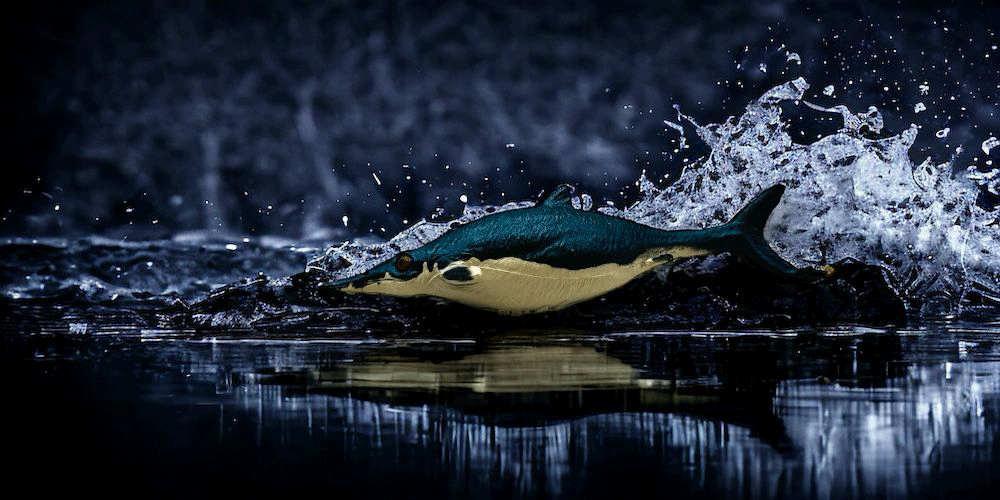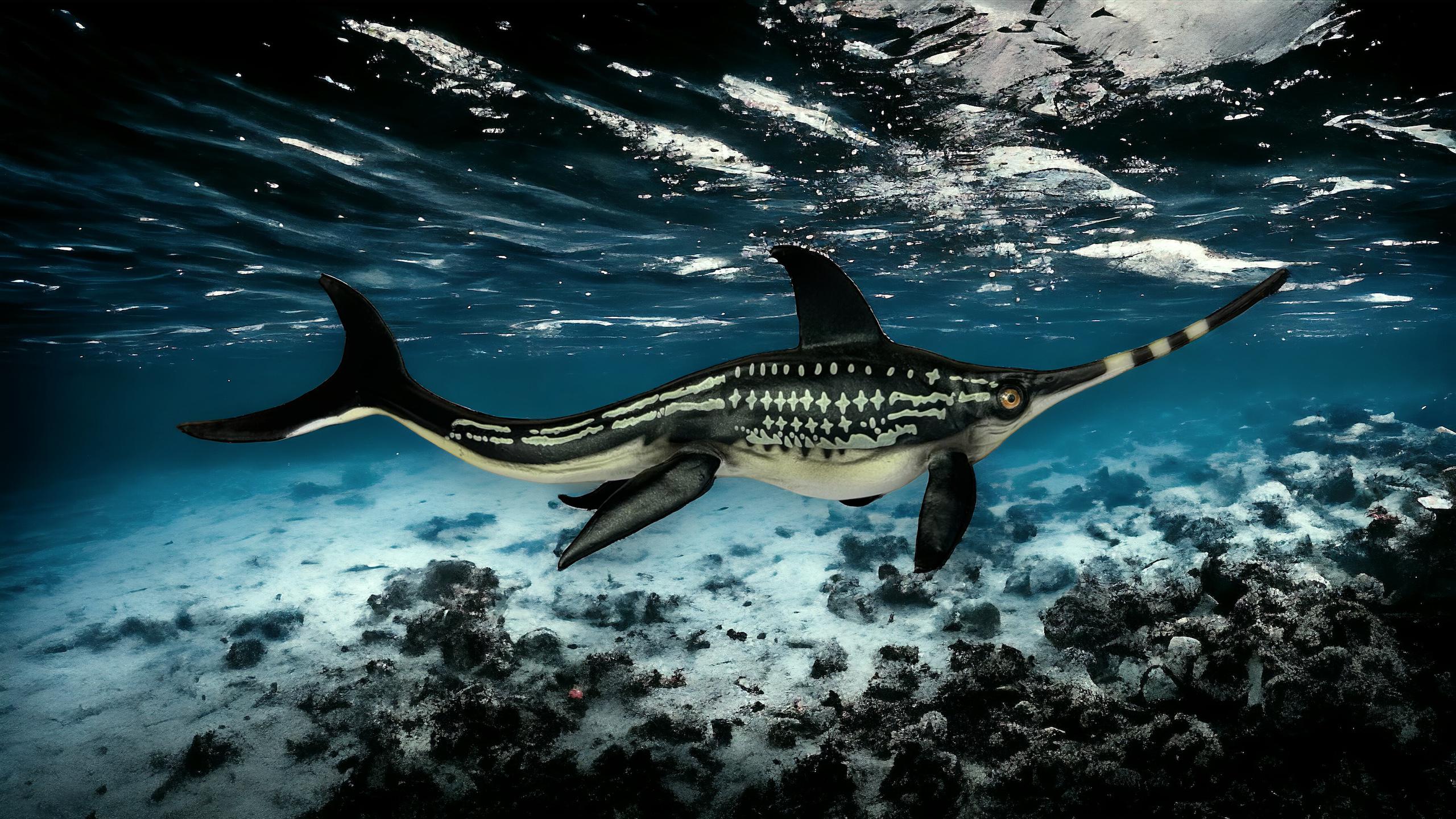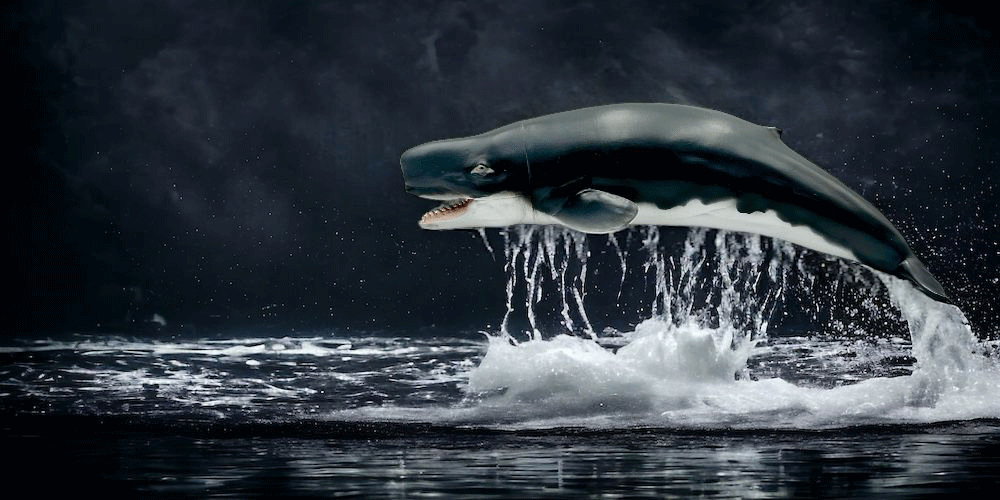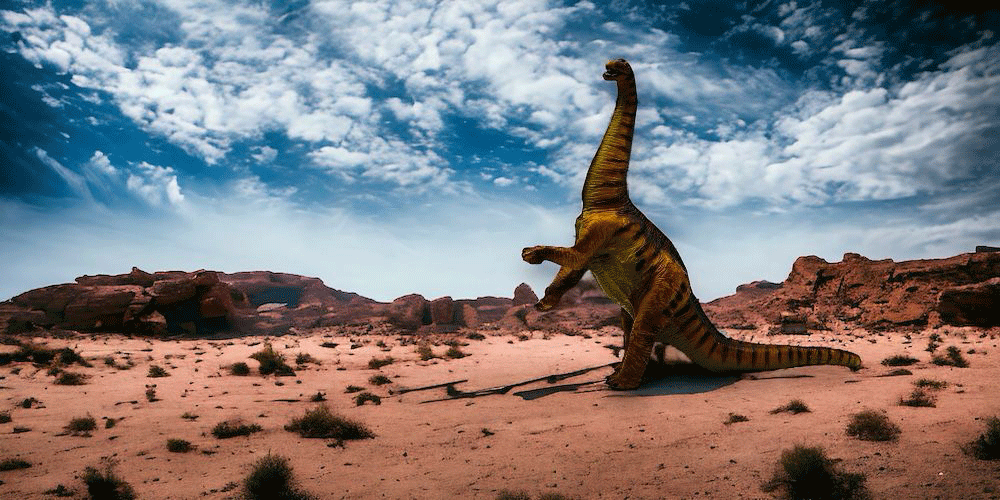Belemnites: Masters of Stealth in Prehistoric Oceans 🌊🦑
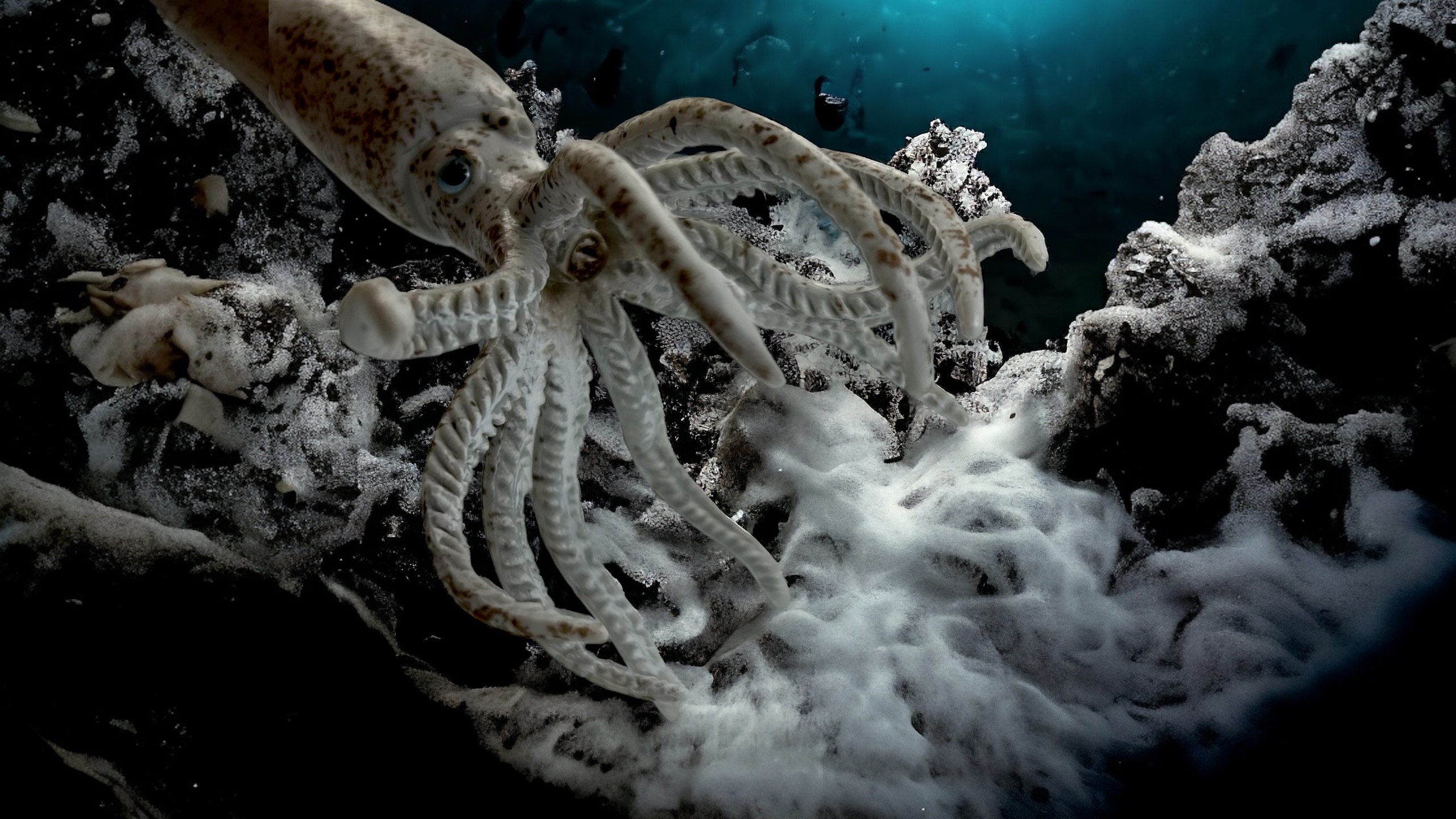 Belmemnites Figure by Collecta.
Belmemnites Figure by Collecta.Masters of Stealth in Prehistoric Oceans
Belemnites were extinct cephalopods that dominated the oceans from the Devonian until their disappearance at the end of the Cretaceous. Although they resembled modern squids and cuttlefish, they had a major difference: an internal calcified shell, known as the rostrum, which provided stability and allowed them to move swiftly through the water.
These organisms played a crucial role in prehistoric marine ecosystems, serving as both efficient predators and prey for marine reptiles and prehistoric fish.

Discovery and Name Meaning
Belemnite fossils have been found worldwide, helping paleontologists better understand ancient oceans.
The name «Belemnites» comes from the Greek «belemnon», meaning «dart» or «projectile,» referring to the elongated and pointed shape of their fossils.
For centuries, belemnite fossils were mistaken for «thunderstones», believed to have mystical or medicinal properties.
Today, belemnites are essential index fossils, used to date rock layers and study past climate changes.
Physical Characteristics and Adaptations
Belemnites shared many traits with modern squids but had unique features that set them apart:
- Total Length: Between 15 cm and 70 cm, depending on the species.
- Calcified Rostrum: A solid internal skeleton that provided hydrodynamic stability.
- Tentacles with Hooks: Used to capture fish and other invertebrates.
- Large, Well-Developed Eyes: Indicating they were active hunters.
- Jet Propulsion: They moved by expelling water, similar to modern squids.
The rostrum, the most commonly fossilized part, could measure up to 50 cm in some species, though most of the body was soft and rarely preserved.
Thanks to these adaptations, belemnites were efficient predators, though they were also preyed upon by large marine reptiles such as plesiosaurs and ichthyosaurs.

Belemnites in Prehistoric Figure Collections
Belemnites have been represented in various collectible figures, but one of the best available is CollectA’s version.
CollectA: A Perfect Representation
In my collection, I own the CollectA belemnite figure, and I can confidently say it is one of the most accurate recreations of this cephalopod.
- Realistic Coloration: Natural tones that highlight its anatomy.
- Perfect Scale: Ideal for display alongside other prehistoric marine creatures.
- Dynamic Pose: Captures the natural movement of the animal in water.
For any paleontology enthusiast, this figure is a highly recommended collectible piece.
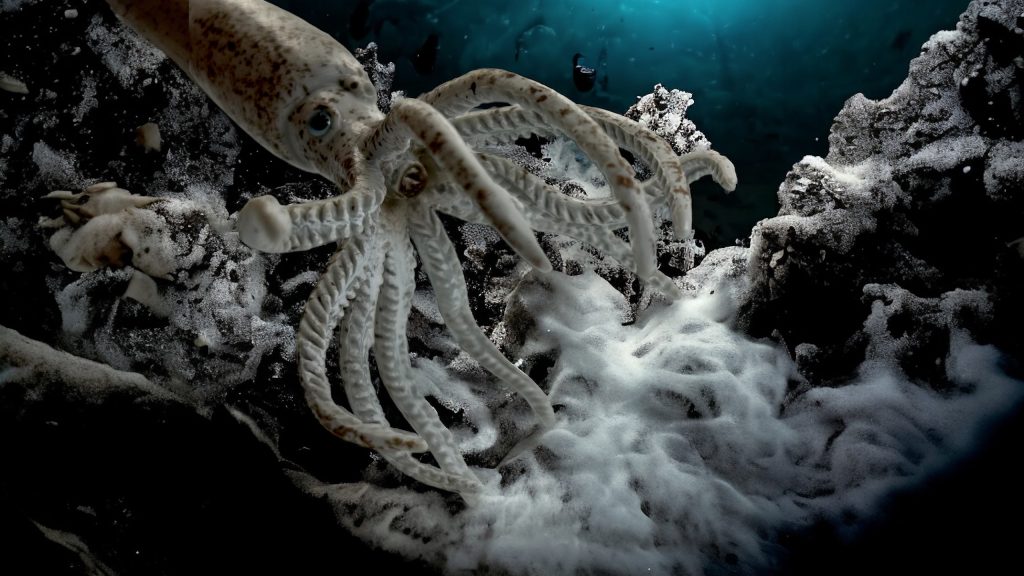
Habitat and Lifestyle
Belemnites thrived in shallow and open seas, playing a key role in marine ecosystems for over 250 million years.
- Global Distribution: Fossils have been found in Europe, North America, Asia, and Australia.
- Diet: They fed on small fish and crustaceans.
- Predators: They were hunted by prehistoric sharks, marine reptiles, and other giant cephalopods.
It is believed that belemnites lived in large schools, moving in groups like modern squids.
Extinction of the Belemnites
Belemnites survived multiple extinction events but ultimately disappeared at the end of the Cretaceous, approximately 66 million years ago.
Their extinction coincided with the Cretaceous-Paleogene mass extinction, which also wiped out dinosaurs and many other marine species.
Despite their disappearance, belemnites remain invaluable to paleontologists, as their fossils help reconstruct ancient marine ecosystems and study climate changes over time.

A Prehistoric Treasure for Collectors
Belemnites were true masters of stealth in prehistoric oceans, and their legacy lives on in the evolution of modern cephalopods.
If you’re looking for a great representation of this enigmatic animal, CollectA’s figure is one of the best options.
With its detailed sculpt and accurate colors, it is a piece that no prehistoric marine collection should be without.
Ghosts of the Ancient Seas
Belemnites ruled the oceans for millions of years, leaving behind a legacy that we can still study today through their fossils.
Their evolution and eventual extinction help us understand how marine ecosystems have changed throughout Earth’s history.
If you ever have the chance to add a belemnite to your collection, don’t hesitate—it is a fascinating paleontological treasure.


